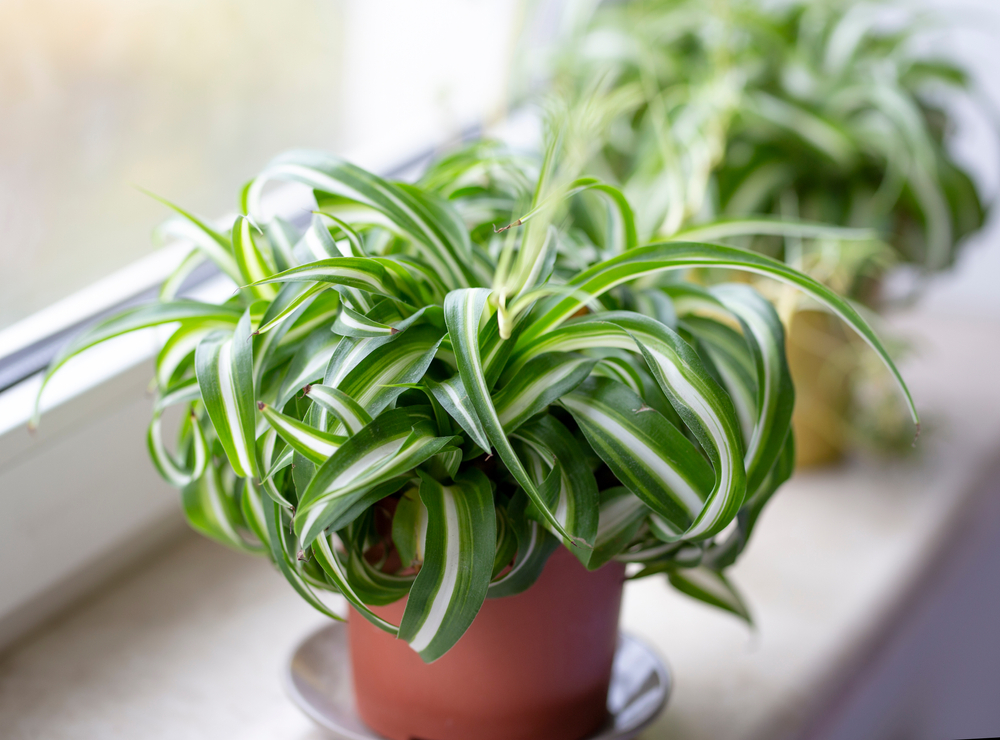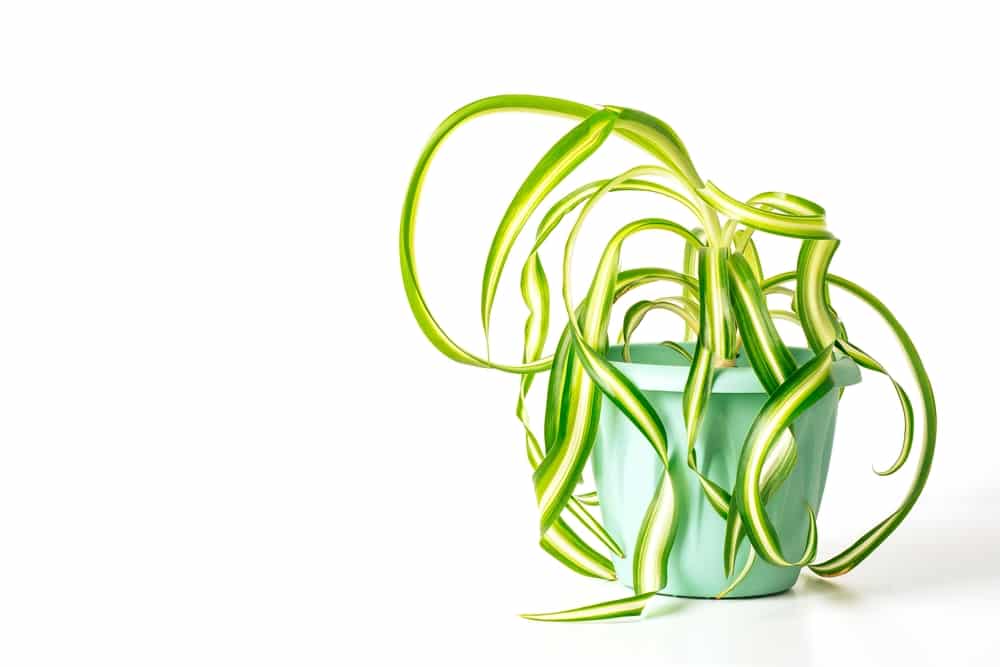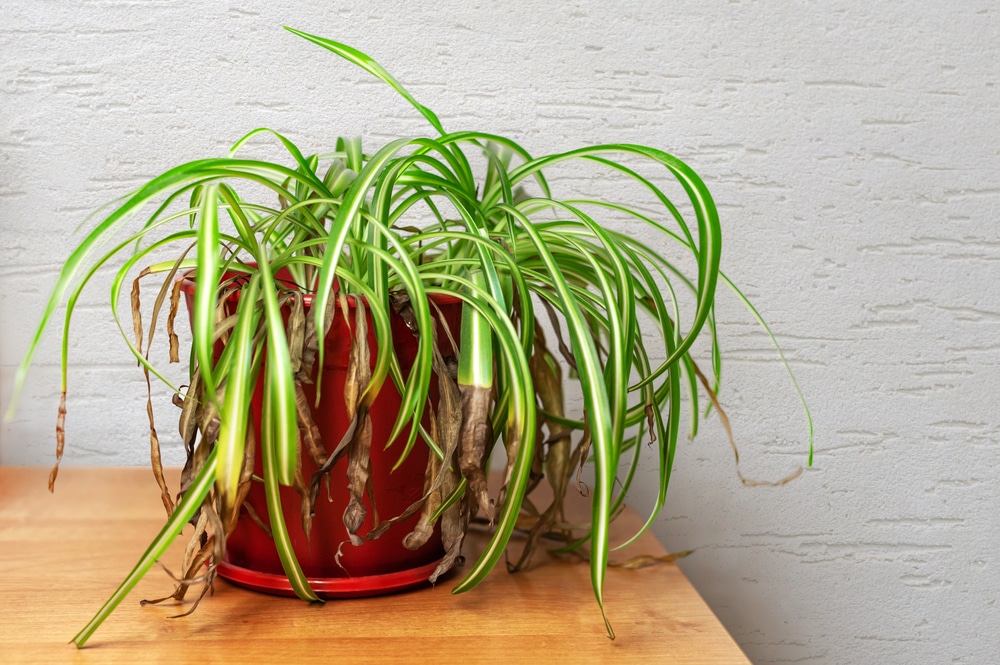Chances are, if you’re reading this, you either own a spider plant or are thinking about getting one. They’re incredibly popular houseplants and for good reason. Spider Plants are easy to care for, they look great, and they purify the air.
But there’s one question that seems to be on a lot of people’s minds when it comes to spider plants: do they like humidity? The answer is a little complicated. Read on to learn more about spider plants and humidity.
What Is the Ideal Spider Plant Environment
To thrive, Spider Plants appreciate bright, indirect sunlight. If you can provide your spider plant with a spot near a sunny window, that’s ideal. However, it is best to avoid placing your spider plant in direct sunlight, as this can scorch the leaves.
Spider Plants also like to have moist soil, but they don’t like to be waterlogged. Be sure to allow the top inch or so of soil to dry out between watering. Overwatering can lead to root rot, which can be fatal for your spider plant.
Although spider plants don’t require high humidity, they appreciate a bit of extra moisture in the air. You should aim for a humidity level between 50% and 60%. If your home is on the dry side, you may want to consider running a humidifier near your spider plant. You could also put your plant on a pebble tray (a tray filled with gravel and water) to up the humidity around it.
Why Do Spider Plants Like Humidity?
There are a few reasons why spider plants like humidity. For one, humidity helps to prevent the leaves from drying out. Spider plants are native to tropical regions. So these plants are used to high humidity levels. The plant’s leaves can begin to brown and crinkle in dry conditions.
Spider Plants also like humidity because it helps them absorb nutrients from the soil better. When the air is too dry, the roots can’t absorb as much moisture and nutrients from the soil. This can lead to an unhealthy spider plant that won’t grow as quickly as it should.
What Happens if Spider Plants Get Too Much Humidity?
There are a few telltale signs that your spider plant is getting too much moisture. If you notice any of these problems, it’s time to take action to dry out your plant.
- The leaves are drooping or wilting.
- The leaves are turning brown or yellow.
- The tips of the leaves are brown or black.
- There is mold growing on the soil or the leaves.
- The plant is starting to rot at the roots.
These problems mentioned above can be caused by many things. However, if you’re noticing them in conjunction with high humidity, too much moisture likely is to blame.
What Happens if Spider Plants Don’t Get Enough Humidity?
When the air is too dry, spider plants will start to experience several problems, including:
- Leaf drop: the leaves will start turning brown and fall off the plant.
- Bud Drop: the buds will turn brown and begin falling off before they have a chance to open.
- Slow Growth: somewhat self-explanatory, but if you notice your plant growing slowly, it’s likely due to low humidity levels.
Final Thoughts
So there you have it. What we’ve discussed above are some of the reasons why spider plants prefer humid conditions. If you live in a dry climate or if your home tends to be on the drier side, there are a few things you can do to create a more humid environment for your plant. Some of these include using a pebble tray, grouping plants together, and using a humidifier.
By taking the steps mentioned here, you can help ensure that your spider plant stays healthy and happy.


